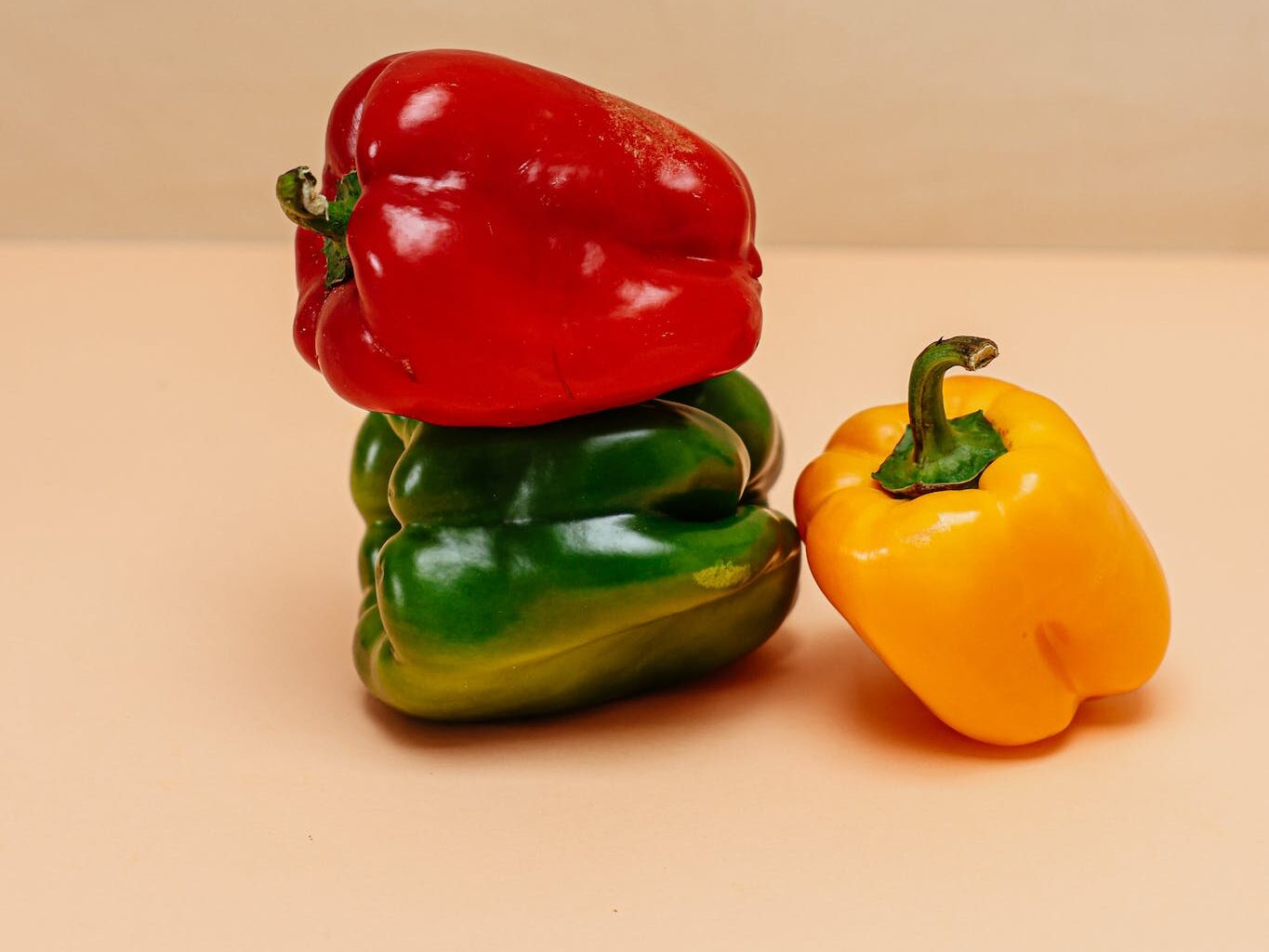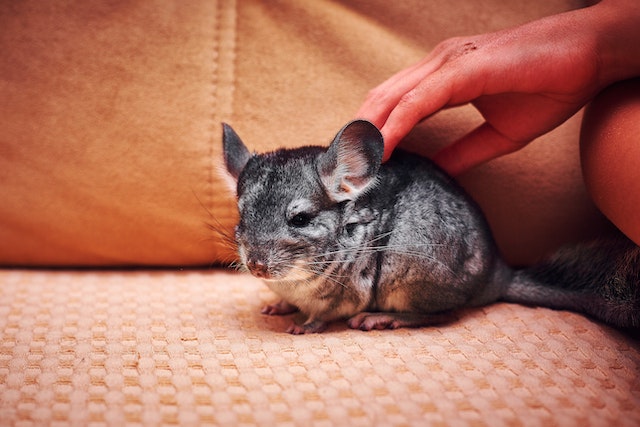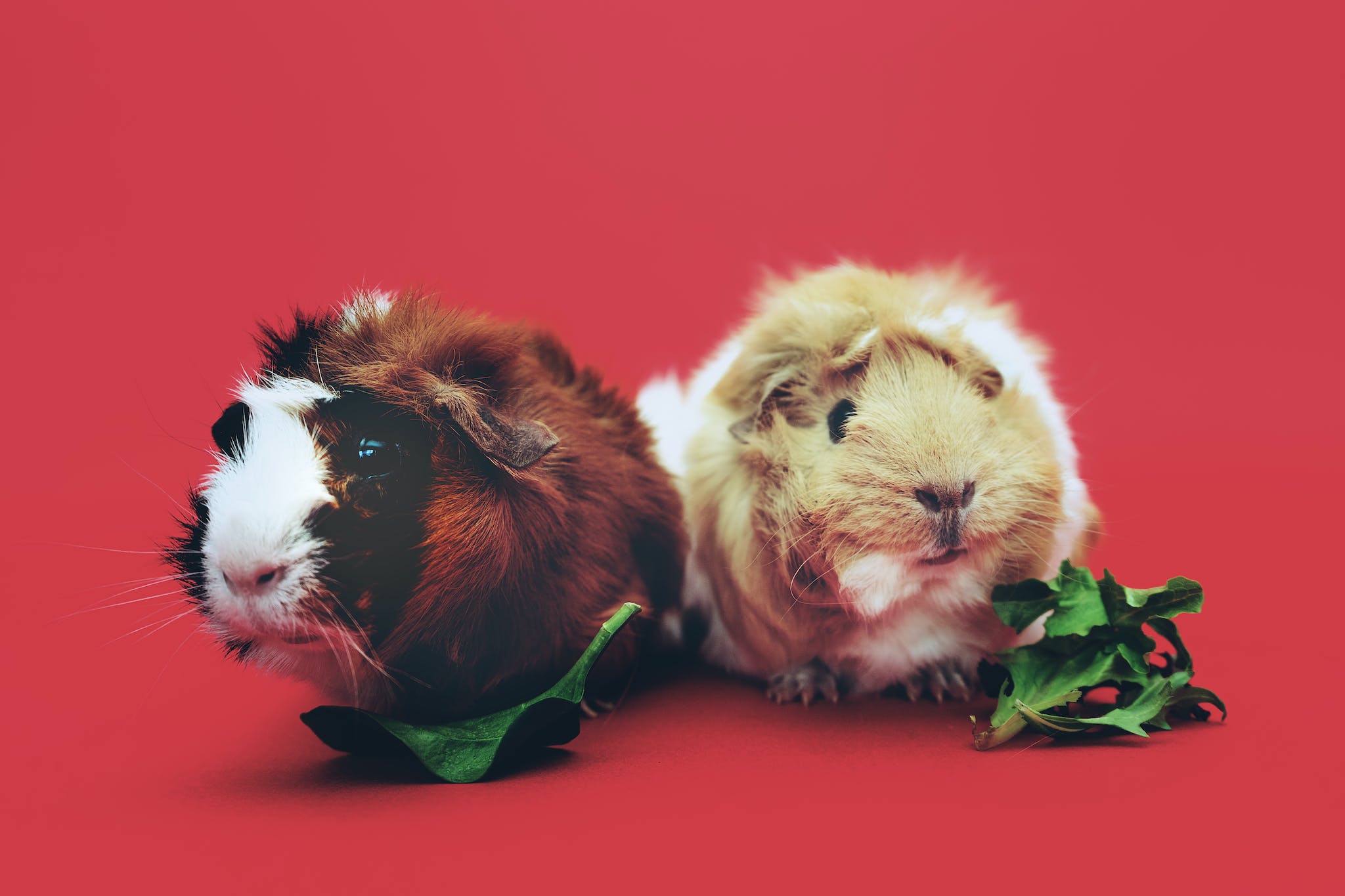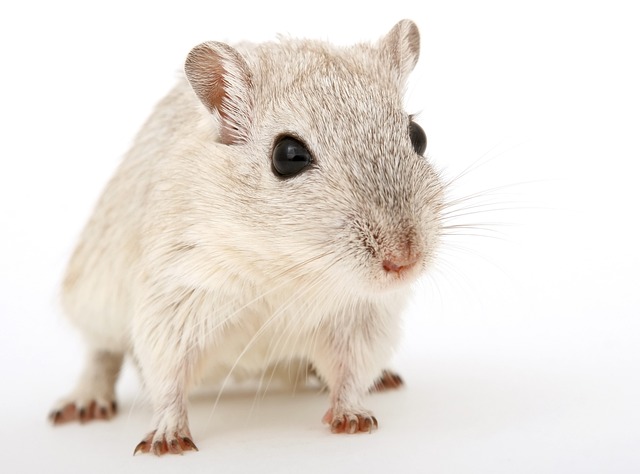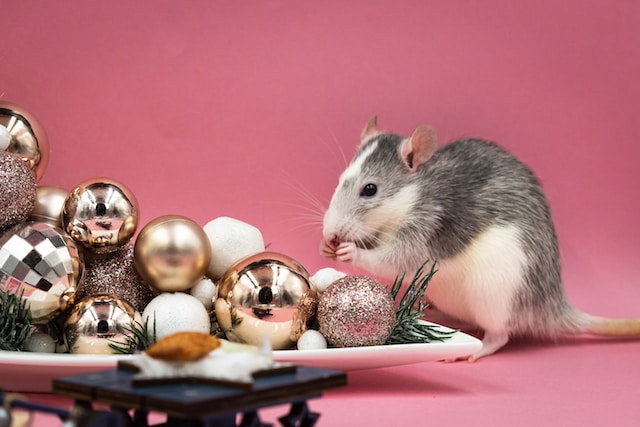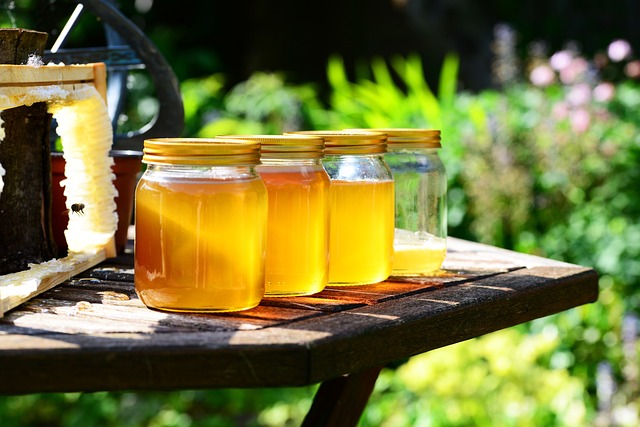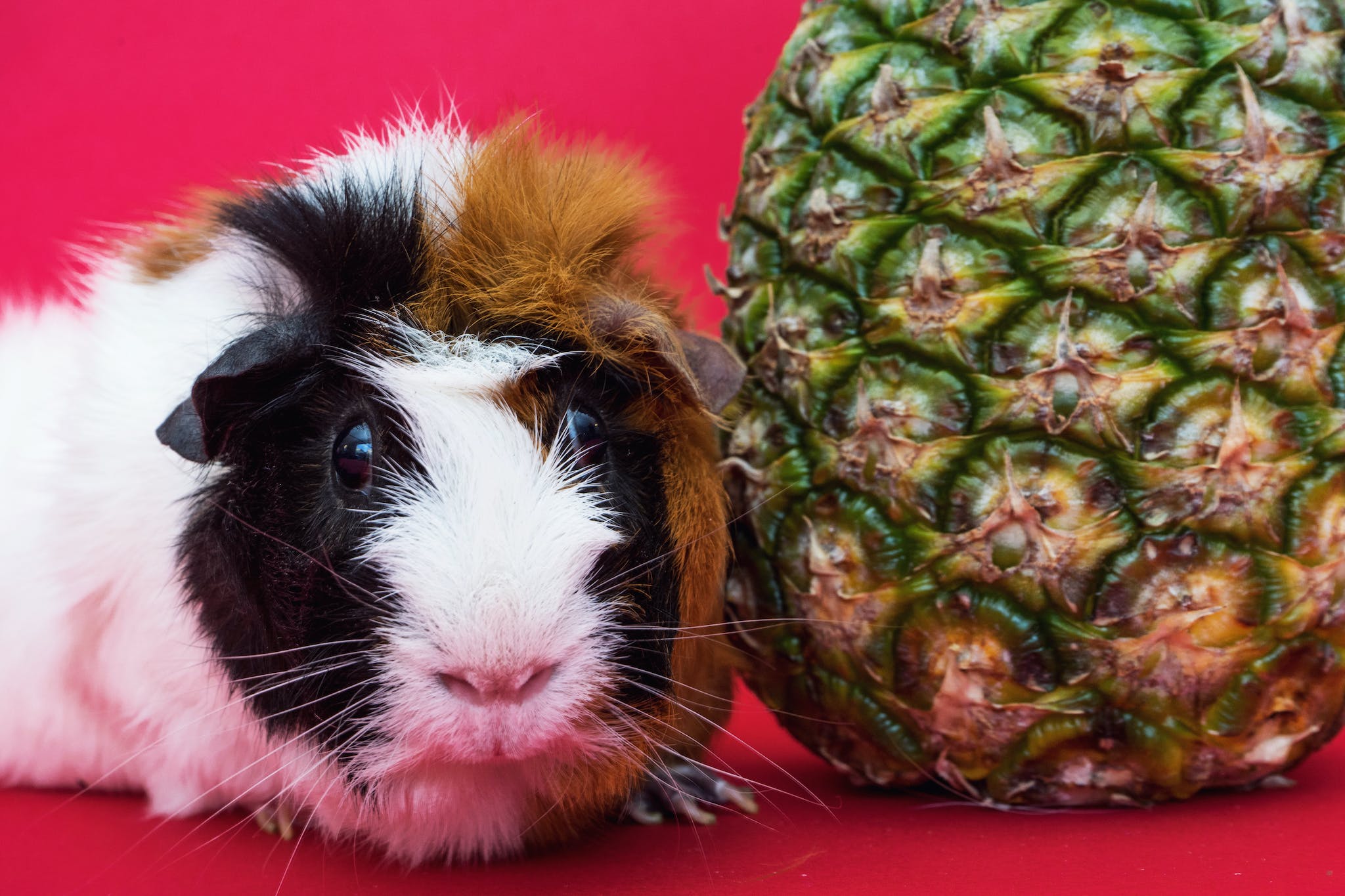Can Guinea Pigs Eat Green Bell Peppers?
There are some affiliate links below, but they are all products I highly recommend. For more info, view my disclosure here.
Can guinea pigs eat green bell peppers? As a guinea pig owner, you want to make sure that you are providing your pet with a healthy and balanced diet. While guinea pigs can eat a variety of fruits and vegetables, not all foods are safe for them to consume. In this article, we will explore whether or not green bell peppers are a suitable addition to your guinea pig’s diet.
Green bell peppers are a popular vegetable that many people enjoy eating. They are low in calories and high in vitamin C, making them a healthy option for humans. However, when it comes to feeding your guinea pig, it is important to consider their nutritional needs. While green peppers are not toxic to guinea pigs, they should only be fed in moderation until your guinea pig adapts to them.
When it comes to your guinea pig’s diet, it is important to provide them with a variety of fresh fruits and vegetables. Green peppers can be a healthy addition to your guinea pig’s diet when fed in moderation. However, it is important to introduce new foods slowly and monitor your guinea pig’s reaction to ensure that they do not experience any digestive issues.
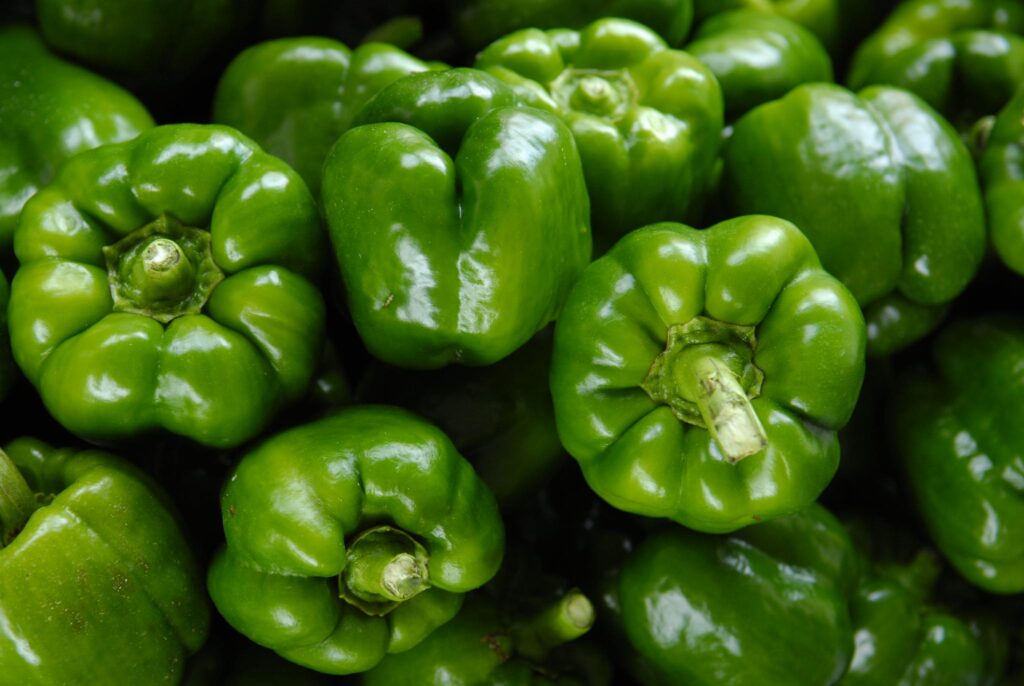
Nutritional Benefits of Green Peppers for Guinea Pigs
If you’re looking for a tasty and nutritious treat for your guinea pig, green peppers are a great option. Here are some of the nutritional benefits of green peppers for your furry friend.
Vitamin C and Other Essential Nutrients
Green peppers are an excellent source of vitamin C, which is essential for the health of your guinea pig. Vitamin C helps to boost the immune system, promote healthy skin and coat, and improve overall health. In fact, guinea pigs cannot produce their own vitamin C, so it’s important to provide them with a diet that includes enough of this important nutrient.
In addition to vitamin C, green peppers also contain other essential nutrients that are important for your guinea pig’s health, including vitamin A, vitamin E, and potassium. These nutrients help to support healthy eyesight, promote healthy skin and coat, and maintain proper hydration levels.
Comparison with Other Bell Pepper Colors
While all bell peppers are a good source of nutrition for guinea pigs, green peppers have some advantages over other colors. For example, green peppers have a slightly lower sugar content than red bell peppers, yellow bell peppers, and orange bell peppers, which can be beneficial for guinea pigs that are prone to obesity or diabetes.
Green peppers also have a slightly higher vitamin C content than other colors, which can be especially important for guinea pigs that are pregnant, nursing, or recovering from an illness or injury.
Overall, green peppers are a nutritious and tasty treat that your guinea pig will love. Just be sure to introduce them gradually, as sudden changes in diet can upset your pet’s digestive system.
Feeding Guidelines and Serving Sizes
How Much and How Often
When it comes to feeding your guinea pig green peppers, it’s important to keep in mind the serving size and frequency. Guinea pigs should have a small amount of green peppers as an occasional treat, rather than a daily basis. A good rule of thumb is to offer a small piece of green pepper about the size of your guinea pig’s eye, once or twice a week.
It’s also important to introduce new food gradually to your guinea pig’s diet. Start with a small amount and observe any changes in their behavior or digestion. If your guinea pig shows signs of discomfort or digestive issues, reduce the amount or frequency of green pepper.
Choking Hazards and Seeds
While green peppers are generally safe for guinea pigs to eat, it’s important to be aware of potential choking hazards and seeds. Make sure to remove any seeds or stems before offering green pepper to your guinea pig, as these can be a choking hazard.
Additionally, bell pepper seeds can be difficult for guinea pigs to digest and may cause digestive issues. Therefore, it’s best to remove the seeds before serving green pepper to your guinea pig.
Green peppers can make a great occasional treat for your guinea pig, as long as you follow feeding guidelines and serving sizes. Remember to remove any seeds or stems and introduce new food gradually to your guinea pig’s diet. By following these simple tips, you can ensure that your guinea pig stays healthy and happy.
Potential Health Concerns
Sugar Content and Obesity Risks
Green peppers are a great source of Vitamin C and other essential nutrients for your guinea pig. However, they do contain a small amount of sugar. While this sugar content is not harmful in small amounts, feeding your guinea pig too many green peppers can lead to obesity and other health issues.
As a responsible pet owner, it is important to ensure that your guinea pig’s diet is balanced and does not contain too much sugar. You should limit the amount of green peppers you feed your guinea pig and provide a variety of other vegetables to ensure a healthy and balanced diet.
Calcium Content and Bladder Stones
Green peppers are low in calcium, which is good news for your guinea pig’s health. However, it is important to be aware of the potential risk of bladder stones. If your guinea pig’s diet is high in calcium, it can lead to the formation of bladder stones, which can cause urinary problems and other health issues.
While green peppers are low in calcium, it is still important to monitor your guinea pig’s overall calcium intake. You should provide a variety of vegetables that are low in calcium and avoid feeding your guinea pig foods that are high in calcium, such as spinach and kale.
In summary, green peppers can be a healthy addition to your guinea pig‘s diet when fed in moderation. However, it is important to be aware of the potential health concerns associated with their sugar and calcium content. As a responsible pet owner, you should ensure that your guinea pig’s diet is balanced and provides all the essential nutrients they need to maintain good health.
Safe Preparation and Variety
How to Properly Prepare Peppers
When feeding your guinea pig green peppers, it is important to properly prepare them to ensure their safety. Begin by washing the peppers thoroughly to remove any dirt or pesticides. Cut off the stem and remove the seeds, as they can be a choking hazard for your furry friend. Cut the peppers into small, bite-sized pieces to make it easier for your guinea pig to eat.
Incorporating Variety into Diet
While green peppers are a great addition to your guinea pig’s diet, it is important to incorporate a variety of fresh vegetables and leafy greens to ensure they receive a balanced diet. Romaine lettuce is another great option to add to their diet, as it is low in calcium and high in vitamin C. Remember to introduce new foods slowly and in small quantities to avoid upsetting their digestive system.
It is also important to provide your guinea pig with a balanced diet of fresh vegetables, hay, and guinea pig food to ensure they receive all the necessary nutrients they need to thrive. A slice of green pepper can be a great treat for your furry friend, but it should not make up the majority of their diet.
By properly preparing green peppers and incorporating a variety of fresh vegetables into your guinea pig’s diet, you can ensure they receive a healthy and balanced diet.
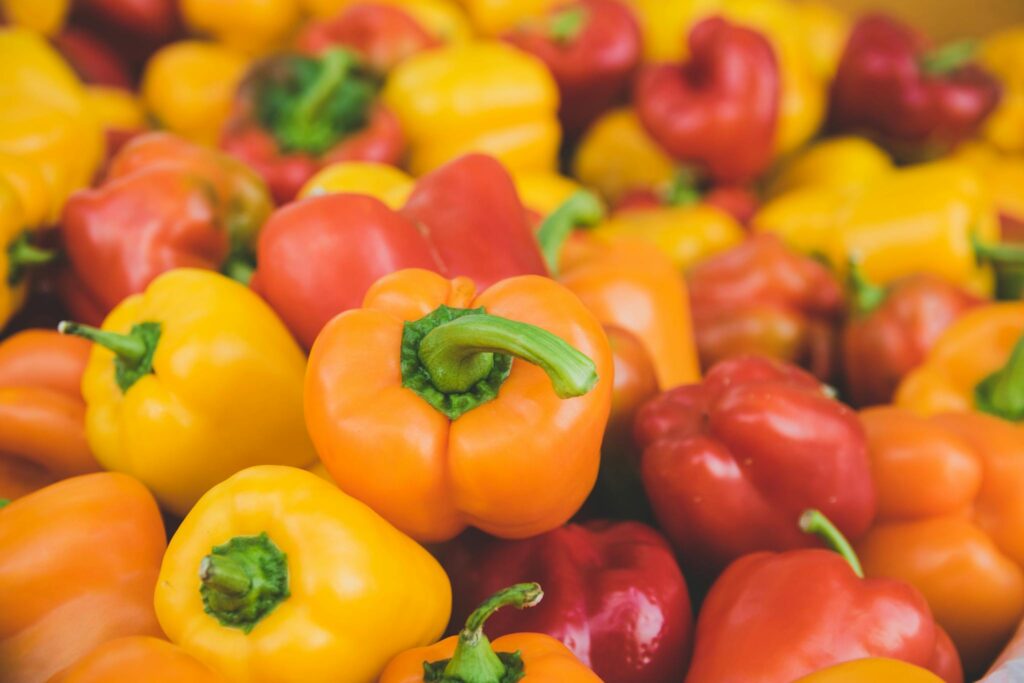
Understanding the Guinea Pig’s Dietary Needs
As a guinea pig owner, it’s vital to understand your pet’s dietary needs to ensure they stay healthy and happy. Guinea pigs require a balanced diet that is high in dietary fiber, vitamin C, and low in sugar and fat.
Importance of a Balanced Diet
Timothy hay is a staple in a guinea pig’s diet and should make up the majority of their food intake. Fresh hay provides essential nutrients and helps maintain healthy teeth. Guinea pigs also require vitamin C, which they cannot produce on their own. Feeding your pet guinea pig bell peppers is an excellent way to supplement their diet with vitamin C, as well as vitamin E and K.
A balanced diet is crucial to a guinea pig’s overall health and immune system. Providing your pet with proper care and nutrition can prevent various illnesses and diseases.
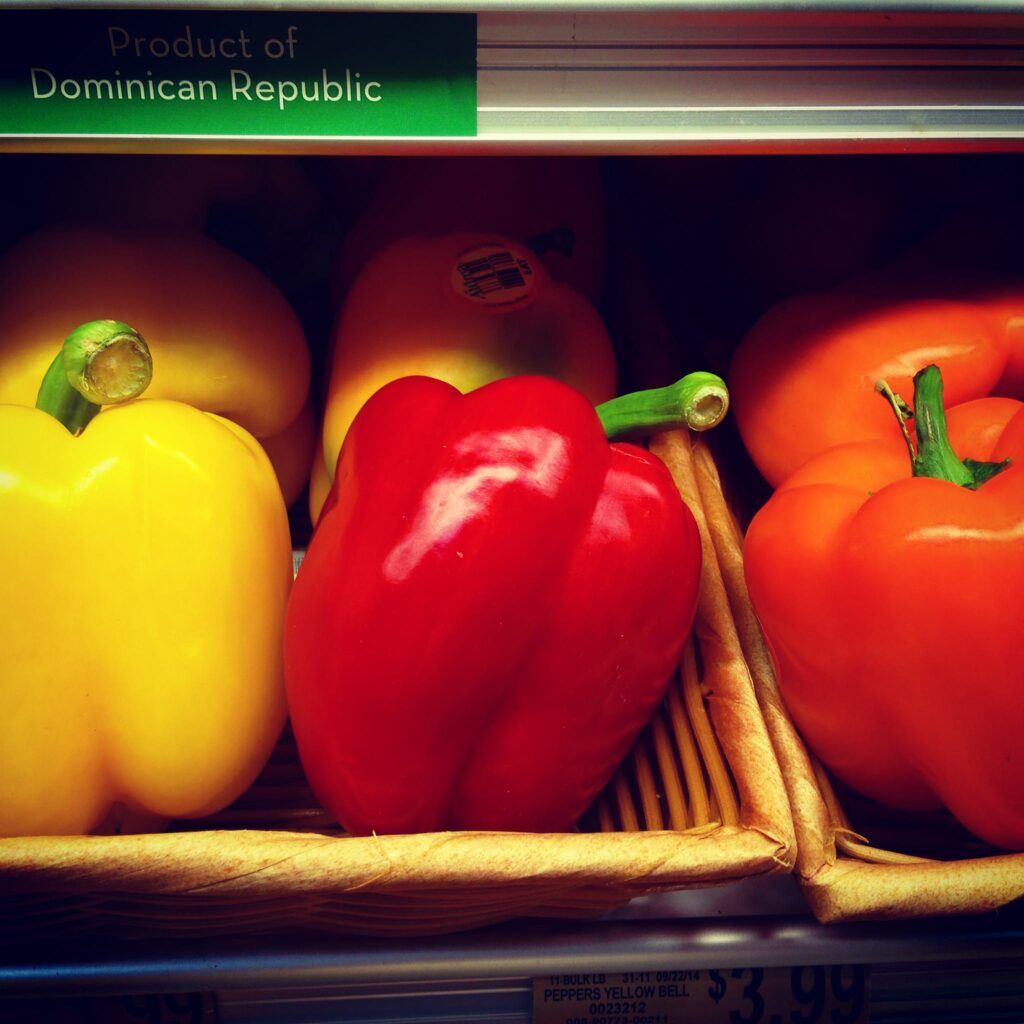
Supplementing with Other Foods
In addition to hay and guinea pig bell peppers, you can supplement your pet’s diet with other safe foods. These include leafy greens, such as kale and spinach, and small amounts of fruits, such as apples and strawberries. However, it’s crucial to introduce these foods gradually and in small amounts to prevent digestive issues.
It’s essential to remember that guinea pigs have sensitive digestive systems, and feeding them the wrong foods can cause serious health problems. Always research and consult with a veterinarian before introducing any new foods to your pet’s diet.
In conclusion, understanding your guinea pig’s dietary needs is crucial to their overall health and well-being. Providing your pet with a balanced diet of timothy hay, fresh hay, and guinea pig bell peppers, along with other safe foods, can ensure they live a long and healthy life.
